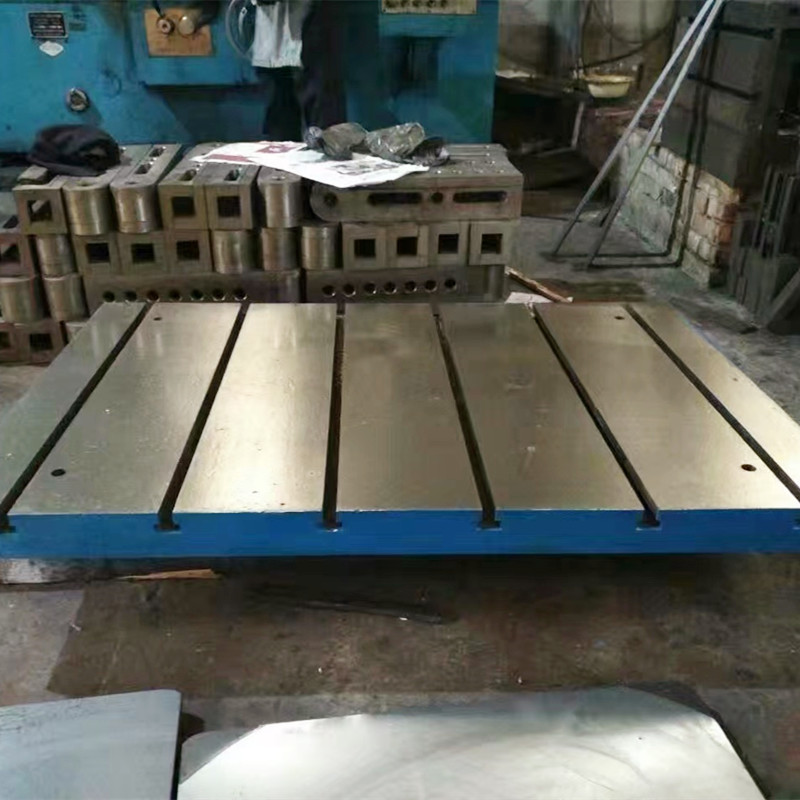Dec . 16, 2024 03:55 Back to list
Choosing the Right Material for Vibration Isolation Pads in Industrial Applications
Understanding Vibration Pad Materials A Comprehensive Overview
When it comes to managing vibrations in various applications, the choice of vibration pad material plays a crucial role. Vibration pads are essential components in industrial machinery, construction projects, and even in residential settings. They help in reducing noise, extending the lifespan of equipment, and preventing damage to structures. In this article, we will explore the different types of materials used for vibration pads, their properties, and how they affect performance in vibration control.
What Are Vibration Pads?
Vibration pads, also referred to as isolation pads or shock pads, are materials designed to absorb and dampen vibrations generated by machinery or environmental factors. These pads are typically placed under heavy equipment, such as HVAC units, compressors, and generators, to mitigate the transmission of vibrations to the surrounding structure. By minimizing these vibrations, vibration pads provide a more stable and quieter operating environment.
Common Vibration Pad Materials
1. Rubber Rubber is one of the most widely used materials for vibration pads due to its excellent shock-absorbing qualities. Natural or synthetic rubber can offer significant elasticity and resilience, allowing it to withstand dynamic forces while returning to its original shape. Rubber pads are ideal for moderate to heavy machinery and are available in various thicknesses and densities to suit specific applications.
2. Neoprene Neoprene is a type of synthetic rubber with enhanced resistance to oil, ozone, and weathering. This makes it an excellent choice for outdoor applications and environments where exposure to harsh chemicals might be a concern. Neoprene vibration pads provide effective vibration isolation and can perform well across a wide temperature range.
3. Foam Various types of foam, including polyurethane and EPDM foam, are also popular choices for vibration isolation. Foam pads are lightweight, easy to install, and provide good cushioning. While they are effective for low to moderate vibration levels, they might not be suitable for heavy machinery due to their lower load-bearing capacity compared to rubber or neoprene.
4. Composite Materials Many modern vibration pads utilize composite materials that combine different substances to enhance performance. These composites may consist of layers of rubber, foam, and other polymers, creating a custom solution that offers superior vibration isolation properties. Such materials are often engineered to provide specific damping characteristics and are tailored for unique applications.
vibration pad material

5. Cork Cork is a natural material known for its unique structure and compressibility, making it effective in absorbing vibrations and sound. Cork pads are environmentally friendly and can be used in various applications, from flooring to machinery support. However, they typically have a lower load-bearing capacity compared to synthetic options.
Factors to Consider When Choosing Vibration Pad Materials
When selecting a vibration pad material, several factors must be taken into consideration
- Type of Vibration Assess the nature and frequency of vibrations your equipment produces. Different materials absorb varying frequencies differently, so ensure that the selected material can handle the specific types of vibrations involved in your application.
- Weight and Load Consider the weight of the equipment and the total load that the pads will support. Materials like rubber and neoprene are better suited for heavy machinery, while foam or cork may work well for lighter applications.
- Environmental Conditions Take into account the operating environment. Some materials might degrade due to exposure to UV light, moisture, chemicals, or extreme temperatures. Choosing the right material ensures longevity and consistent performance.
- Budget While it's essential to invest in quality materials for effective vibration control, budget constraints may influence your choice. Balancing cost and performance is vital to achieving the best results.
Conclusion
In summary, the material choice for vibration pads significantly influences their effectiveness in isolating vibrations and ensuring stability in various applications. Whether opting for rubber, neoprene, foam, composites, or cork, understanding the characteristics and suitability of each type is essential for achieving the desired performance. Ultimately, investing in the right vibration pad material can lead to enhanced equipment longevity, improved operational efficiency, and increased comfort in both industrial and residential environments.
-
Why Metric Trapezoidal Thread is Ideal for Precision Motion ControlNewsAug.05,2025
-
The Unique Properties of a Block of Granite for Industrial UseNewsAug.05,2025
-
The Role of Flanged Y Strainers in Preventing Pipeline ClogsNewsAug.05,2025
-
The Importance of Regular Calibration for Master Ring GagesNewsAug.05,2025
-
How a Cast Iron Surface Table Enhances Accuracy in ManufacturingNewsAug.05,2025
-
Comparing Different Check Valve Types for Optimal Flow ControlNewsAug.05,2025
Related PRODUCTS









